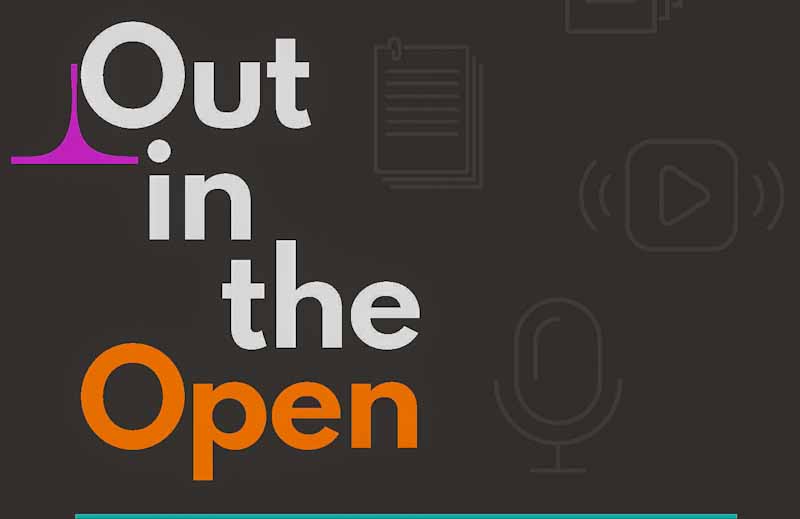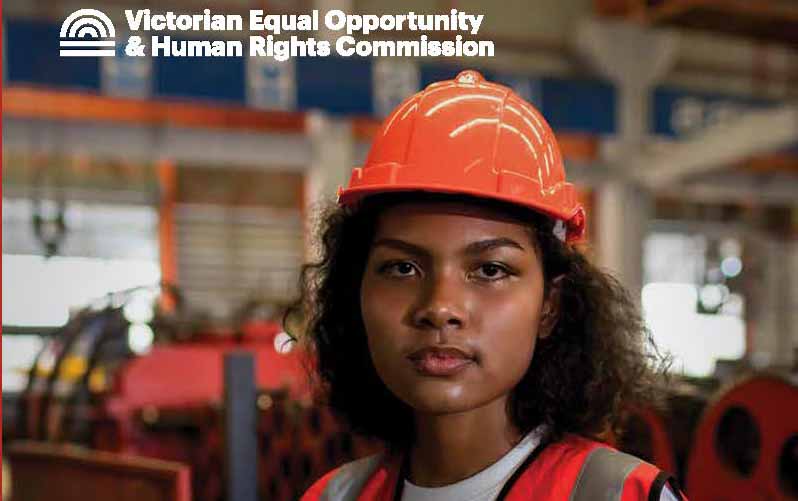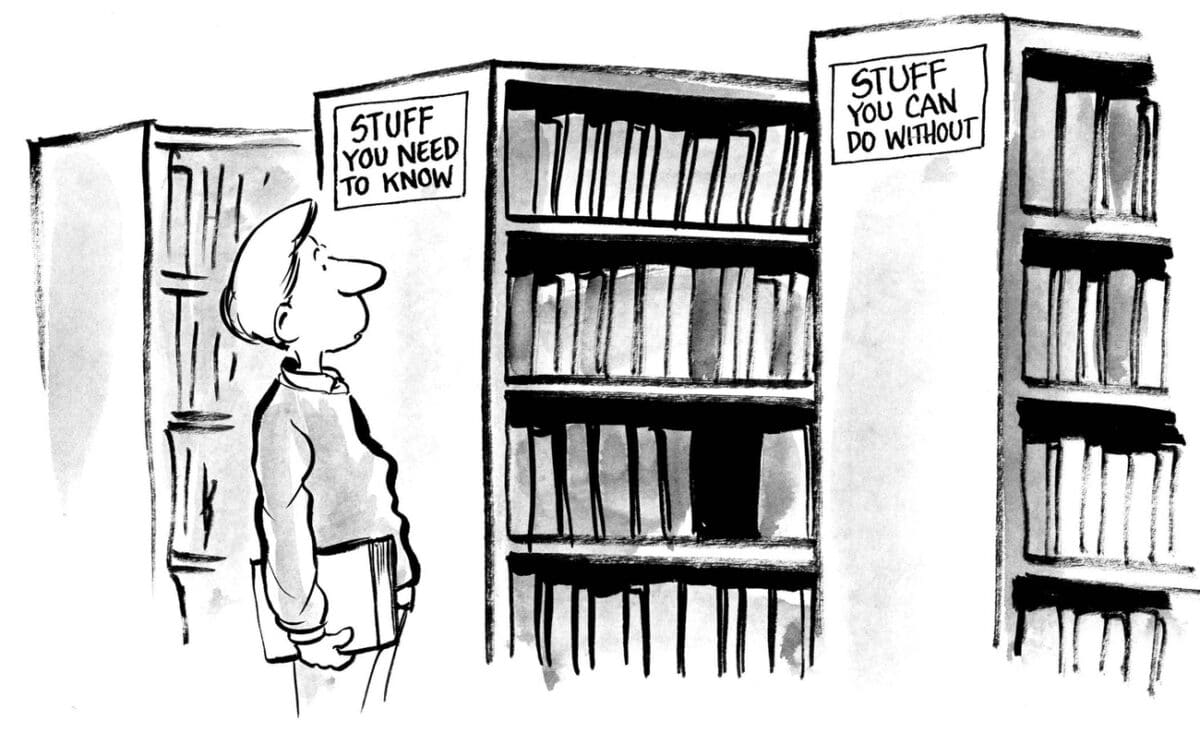If it cannot be done safely, it should not be done at all
“If it cannot be done safely, it should not be done at all.” I have heard this phrase repeatedly over the last 12 months in particular. It is a truth, but it also avoids all of the flexibility our occupational health and safety (OHS) laws, institutions and interpretations have allowed for decades. Perhaps our tolerance …







